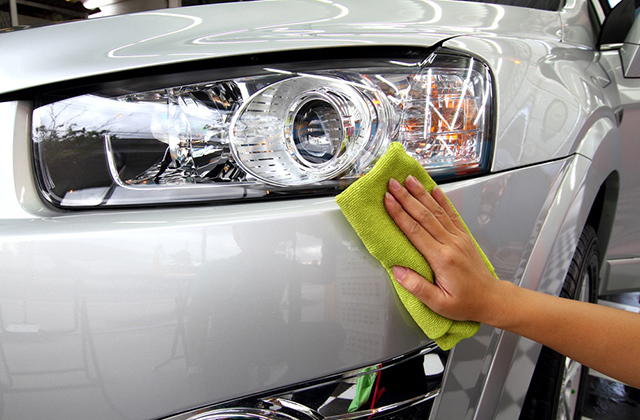You have tried all the basic stuff like daily washing and monthly waxing to get rid of those scratches, stain marks, dirt, grime, and what-not using ceramic coating Sydney. The powerhouse of a car, the engine is a complex piece of automotive mechanics. It is one of the greatest work of engineering and is made up of hundreds of small parts working together to power the vehicle. The cylinders and the piston system are among the most important components of the engine assembly as this is where the fuel is burned to produce energy and power the wheels.
When the engine is running, the piston moves in continuous up and down motion within the cylinder while performing the various steps of fuel combustion and energy conversion. During the process, the entire mechanism has to bear significantly high temperatures and pressure, frictional wear and tear and the energy boom of combustion. The cylinder liners (sleeves) and piston rings play a crucial in smooth engine functioning and protecting the internal components of the piston arrangement from vigour wear and tear, thus prolonging the engine life and prevent failures.
What are the properties of a good cylinder liner?
- Durable – As the cylinder liner serves as the inner layer between the cylinder wall and the piston arrangement, where the piston is in constant motion and the temperatures are extremely high, the liner should be able to withstand these without hampering the performance of the engine.
- High on anti-galling properties – The liner should show high resistance to galling and should not wear with every combustion cycle.
- Act as a sealant – During combustion, there is high pressure and heat and this is responsible for the power output. The cylinder liner should prevent the compressed gas from leaking out of the combustion chamber.
Based on the type of engine, combustion fuel, application of the engine and the piston-piston rings arrangements and material composition, there are different types of cylinder lining.
1. Dry cylinder liners
Dry cylinder liners are the primitive liners and are most commonly used. These are designed to withstand extreme levels of temperature and pressure and so are usually made of highly durable materials like cast iron with ceramic nickel plating. These are thin and so provide a close proximity to the cylinder block throughout the cylinder length.
2. Wet Cylinder liners
Though they share a close resemblance to the dry cylinder liners in terms of composition and application, these are comparatively thicker and are directly connected to the engine coolant system. This type of construction provides better heat dissipation and keep the engine cool. Contrary to the dry liners, wet liners are in contact with the cylinder block only at the extreme points.
3. Finned Cylinder liners
The finned cylinder liners are mainly used for air-cooled engines where instead of a liquid coolant, air is used as means for heat dissipation. Their construction and composition are similar to dry liners, only these have fines that allow an increased and directed airflow which improves the cooling efficiency of the design.
Different engine manufacturers use different designs and mechanical principles to get the best of performance, power, efficiency and weight. If you are looking for expertise on cylinder parts, go for one of the leading manufacturers who will not only guide you with right product but will also provide best quality car parts.
